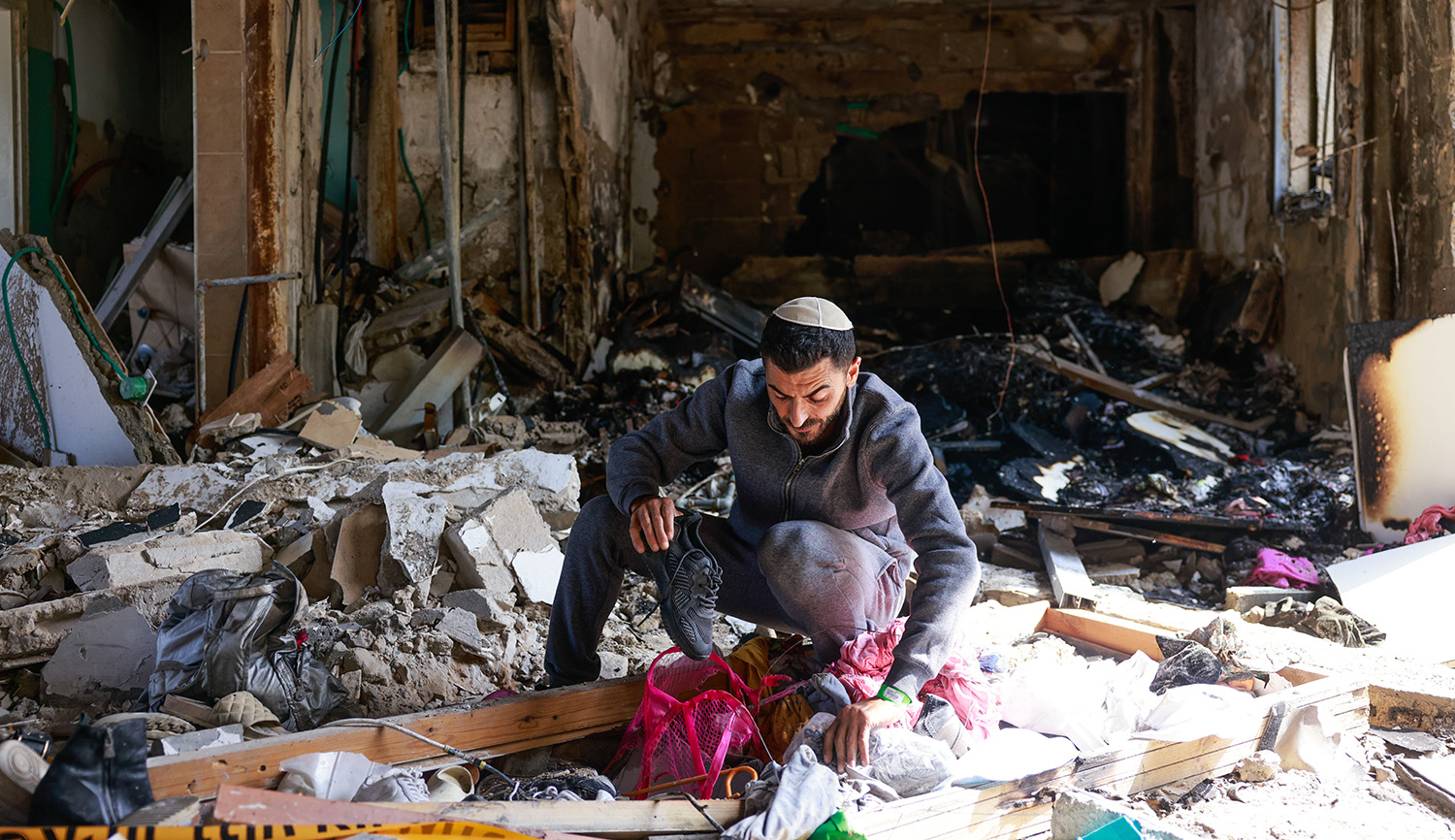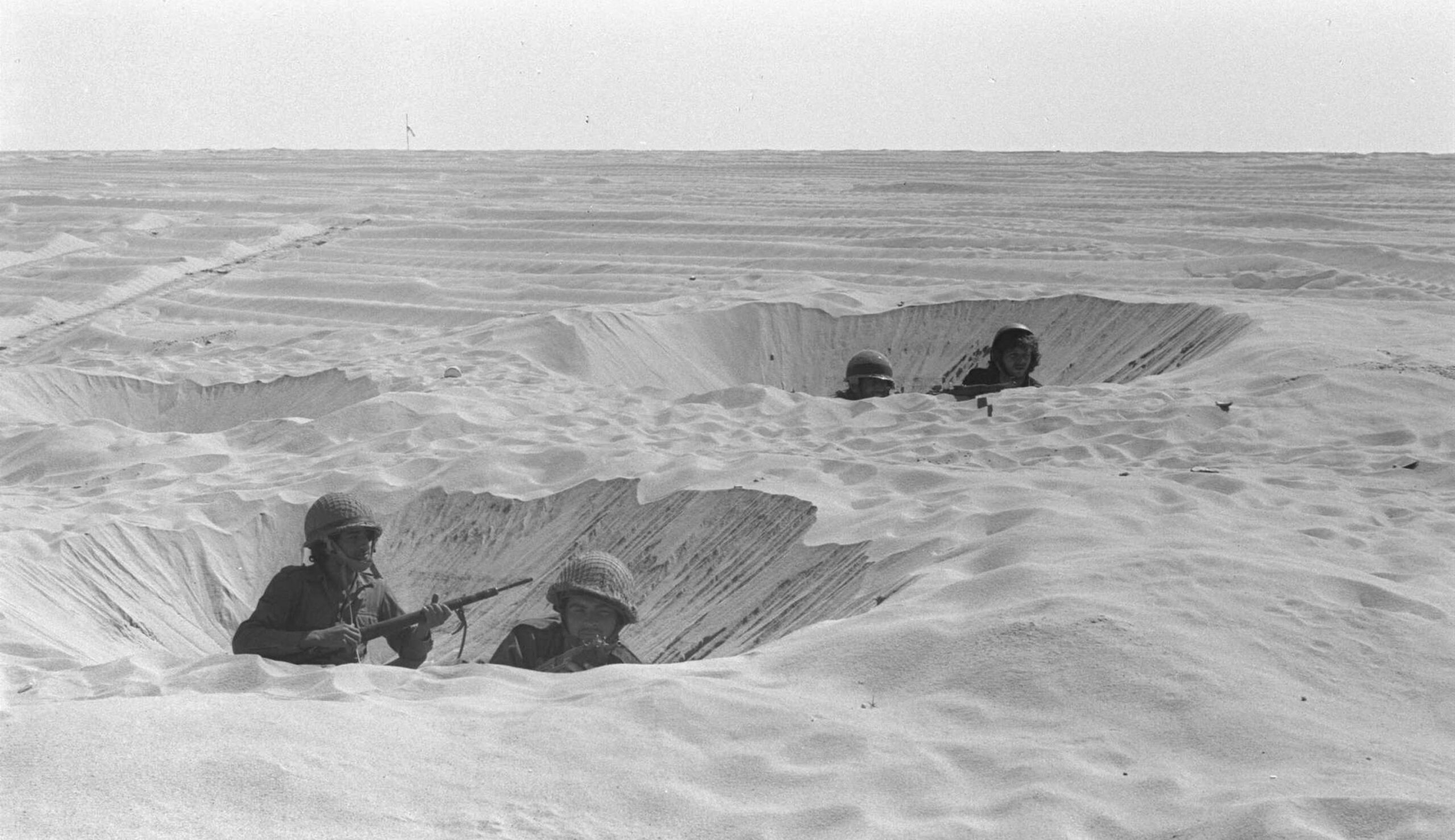For many years, the standard prayer book to be found in American Orthodox synagogues was the bilingual one produced by the ArtScroll publishing house in 1984. More recently, it has faced competition from several editions by the Israel-based Koren press, the most popular of which features the translation and commentary of the former British chief rabbi Jonathan Sacks. The Rabbinical Council of America (RCA)—the main organization of Modern Orthodox rabbis in the U.S.—last year added another siddur to the mix. In his review, Yosef Lindell compares it to its competitors:
The RCA siddur has no overarching literary thesis about prayer, [unlike the Koren editions]. Its commentary, like [that provided by] ArtScroll, is an anthology drawing on disparate ideas and sources. But it’s a remarkable anthology, with far more discussion than Koren and far more diversity than ArtScroll. The breadth of whom it quotes is unparalleled: [the 20th-century master exegete] Neḥamah Leibowitz might be cited in one paragraph and [the 19th-century ḥasidic rabbi] Levi Yitzḥak of Berditchev in the next. The ideas of [such highly traditional rabbis as] Moses Feinstein and Eliyahu Dessler share space with the thoughts of [contemporary] Tanakh teachers with more modern literary sensibilities, like Rabbi Yitzḥak Et-Shalom, and academics like Shai Secunda. It does not shy away from the conclusions of academic scholarship, particularly when discussing the origins of prayers. Rather, it strikes a good balance between the traditional and the academic, the old and the new.
I must [also] mention the more than 100 pages of essays on prayer in the back of the siddur written by various leaders in the Modern Orthodox community and beyond, covering issues of history, halakhah, and kavannah [the inward state appropriate to prayer]. Not every essay . . . is remarkable; one standout is Rabbi Daniel Feldman’s guide to the interpersonal laws of prayer: if we know precisely under which circumstances it is appropriate to interrupt the recitation of the liturgy to say “amen,” but can’t speak civilly to a synagogue official, perhaps we’ve missed the point of prayer. So too, Rabbi Shalom Carmy’s short meditation on how the foreignness and visceral nature of animal sacrifice can unlock a deeper understanding of prayer is thought-provoking.
As for the translation of the prayers into English, Lindell compares it favorably with those of ArtScroll, but finds it inferior to Rabbi Sacks’s. The RCA prayer book also stands out in its enthusiastic liturgical embrace of religious Zionism, and its efforts to take into consideration both male and female users.
More about: American Judaism, Jewish liturgy, Modern Orthodoxy, Religion & Zionism, Siddur


